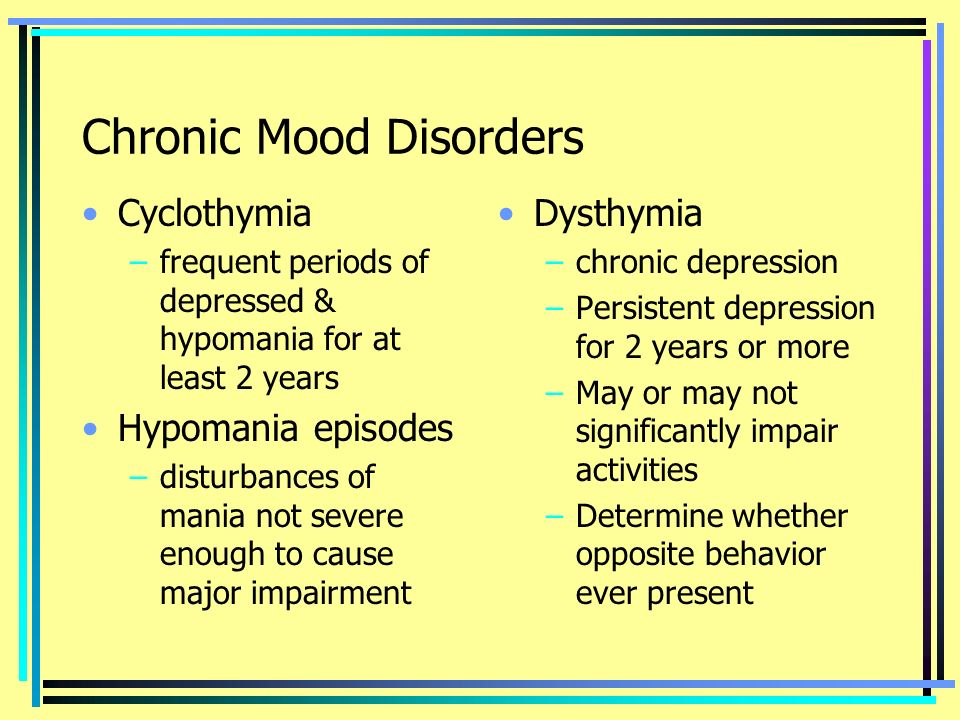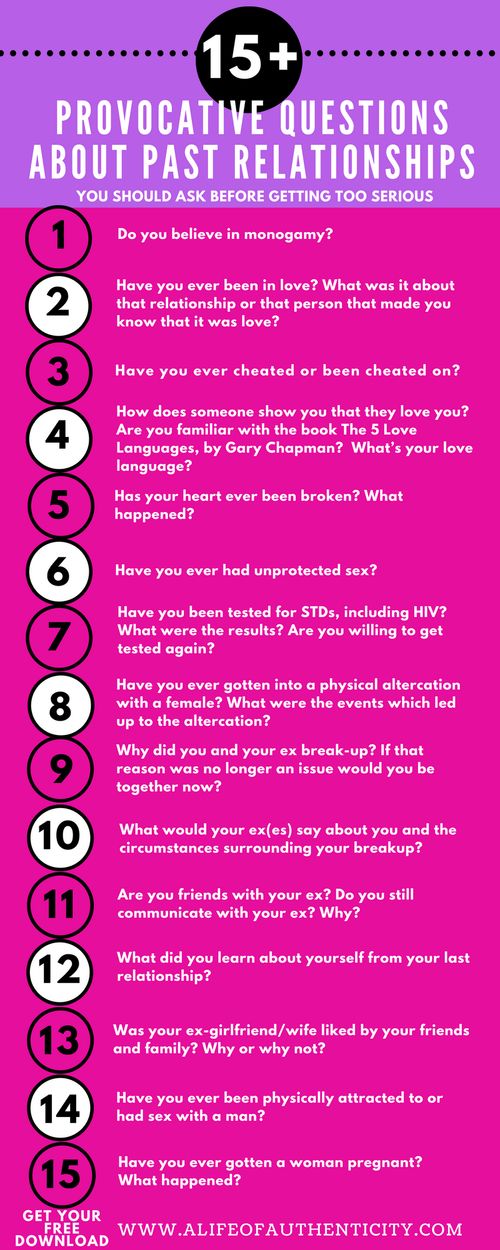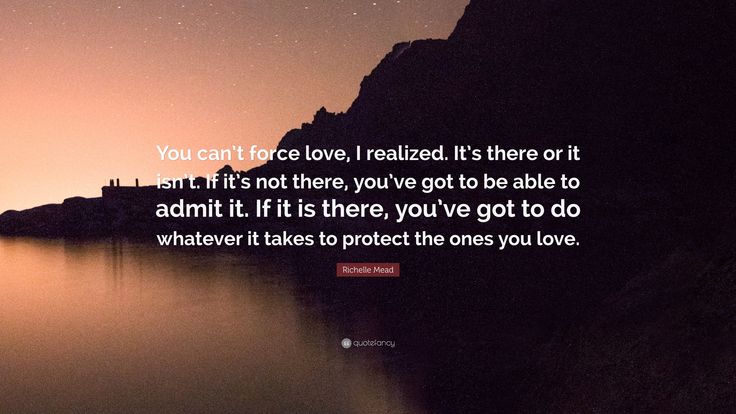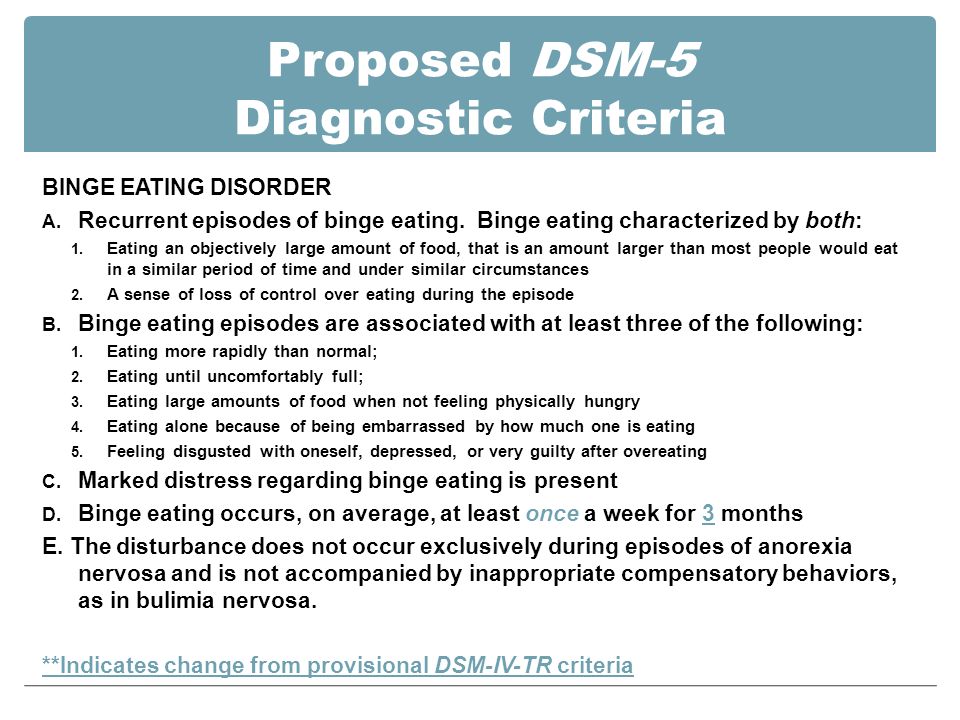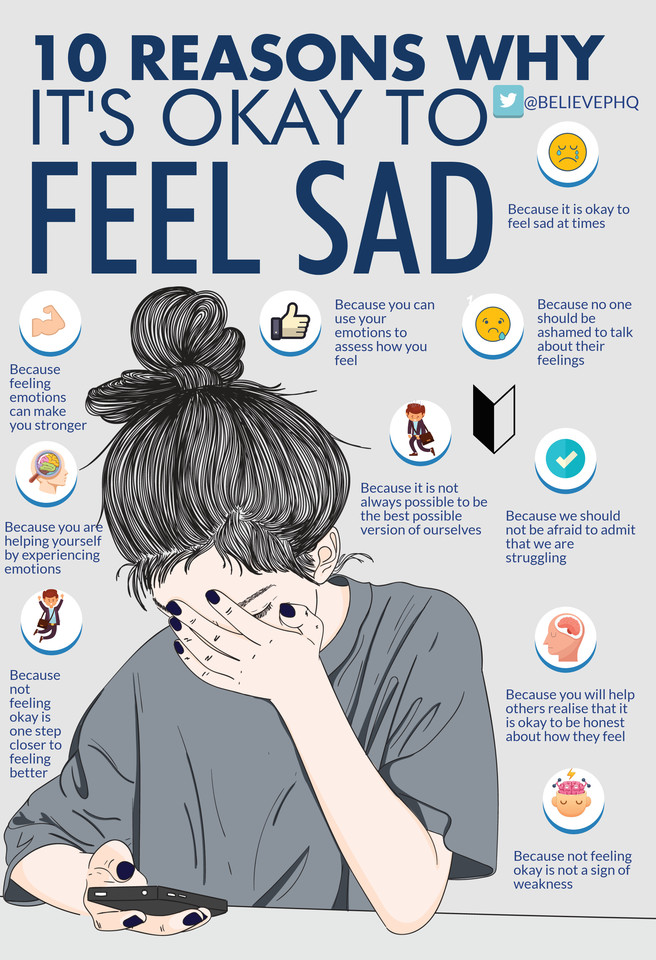Tears for healing
Why do we cry, and when to seek support
Crying is a natural response humans have to a range of emotions, including sadness, grief, joy, and frustration. But does crying have any health benefits?
It is not unusual to cry, and both sexes cry more than people may assume. In the United States, women cry an average of 3.5 times per month and men cry an average of 1.9 times a month.
Interestingly, humans are the only animals to cry tears. This article explores why we cry and what health benefits crying may have.
Share on PinterestCrying is a natural response to emotions or irritants like dust in the eyes.Humans produce three types of tears:
- Basal: The tear ducts constantly secrete basal tears, which are a protein-rich antibacterial liquid that help to keep the eyes moist every time a person blinks.
- Reflex: These are tears triggered by irritants such as wind, smoke, or onions. They are released to flush out these irritants and protect the eye.
- Emotional: Humans shed tears in response to a range of emotions. These tears contain a higher level of stress hormones than other types of tears.
When people talk about crying, they are usually referring to emotional tears.
People may try to suppress tears if they see them as a sign of weakness, but science suggests that doing so could mean missing out on a range of benefits. Researchers have found that crying:
1. Has a soothing effect
Self-soothing is when people:
- regulate their own emotions
- calm themselves
- reduce their own distress
A 2014 study found that crying may have a direct, self-soothing effect on people. The study explained how crying activates the parasympathetic nervous system (PNS), which helps people relax.
2. Gets support from others
As well as helping people self-soothe, crying can help people get support from others around them.
As this 2016 study explains, crying is primarily an attachment behavior, as it rallies support from the people around us.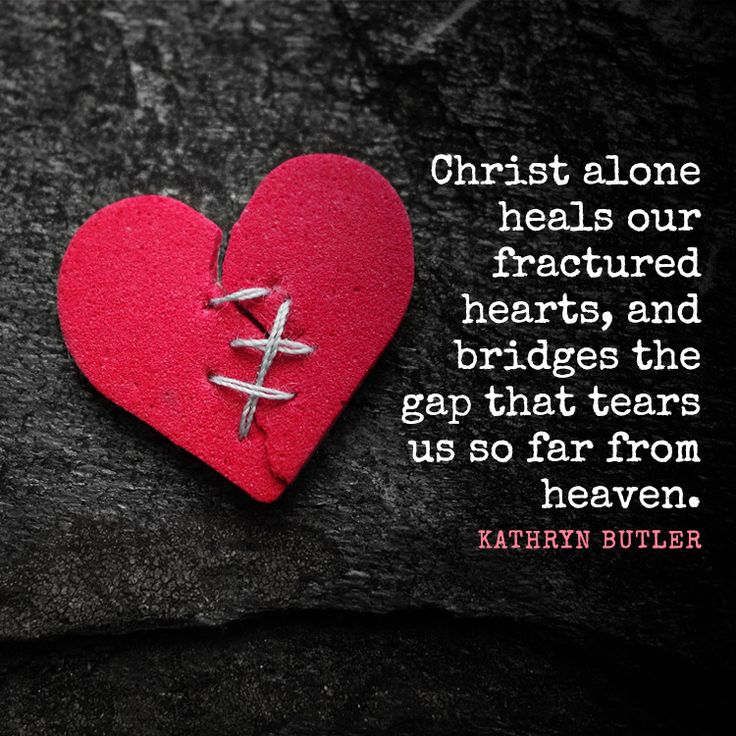 This is known as an interpersonal or social benefit.
This is known as an interpersonal or social benefit.
3. Helps to relieve pain
Research has found that in addition to being self-soothing, shedding emotional tears releases oxytocin and endorphins.
These chemicals make people feel good and may also ease both physical and emotional pain. In this way, crying can help reduce pain and promote a sense of well-being.
4. Enhances mood
Crying may help lift people’s spirits and make them feel better. As well as relieving pain, oxytocin and endorphins can help improve mood. This is why they are often known as “feel good” chemicals.
5. Releases toxins and relieves stress
When humans cry in response to stress, their tears contain a number of stress hormones and other chemicals.
Researchers believe that crying could reduce the levels of these chemicals in the body, which could, in turn, reduce stress. More research is needed into this area, however, to confirm this.
6. Aids sleep
A small study in 2015 found that crying can help babies sleep better.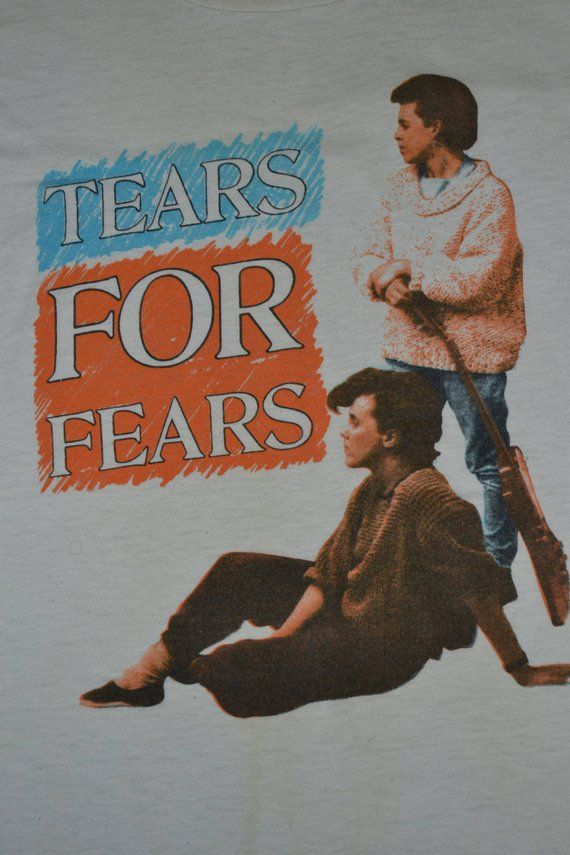 Whether crying has the same sleep-enhancing effect on adults is yet to be researched.
Whether crying has the same sleep-enhancing effect on adults is yet to be researched.
However, it follows that the calming, mood-enhancing, and pain-relieving effects of crying above may help a person fall asleep more easily.
7. Fights bacteria
Crying helps to kill bacteria and keep the eyes clean as tears contain a fluid called lysozyme.
A 2011 study found that lysozyme had such powerful antimicrobial properties that it could even help to reduce risks presented by bioterror agents, such as anthrax.
8. Improves vision
Basal tears, which are released every time a person blinks, help to keep the eyes moist and prevent mucous membranes from drying out.
As the National Eye Institute explains, the lubricating effect of basal tears helps people to see more clearly. When the membranes dry out, vision can become blurry.
Share on PinterestCrying has a number of health benefits, but frequent crying may be a sign of depression.
Crying in response to emotions such as sadness, joy, or frustration is normal and has a number of health benefits.
However, sometimes frequent crying can be a sign of depression. People may be depressed if their crying:
- happens very frequently
- happens for no apparent reason
- starts to affect daily activities
- becomes uncontrollable
Other signs of depression include:
- having trouble concentrating, remembering things, or making decisions
- feeling fatigued or without energy
- feeling guilty, worthless, or helpless
- feeling pessimistic or hopeless
- having trouble sleeping or sleeping too much
- feeling irritable or restless
- not enjoying things that were once pleasurable
- overeating or undereating
- unexplained aches, pains, or cramps
- digestive problems that do not improve with treatment
- persistent anxiety
- suicidal thoughts or thoughts of self-harm
If a person is experiencing symptoms of depression, or someone they know is, then they should talk to a doctor.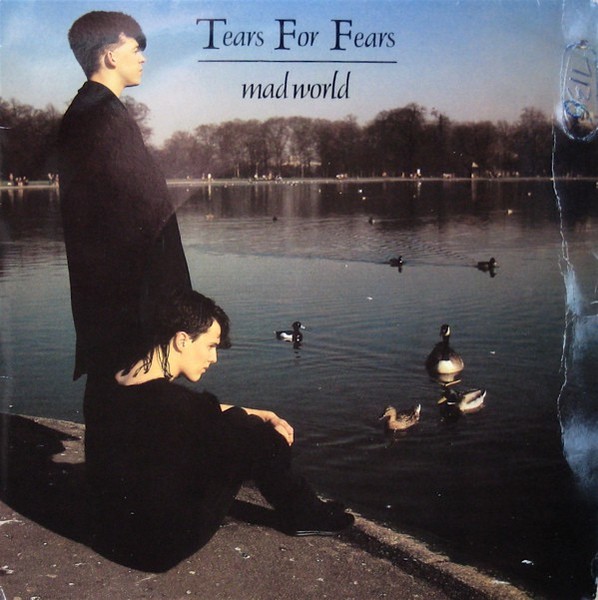
Should a person feel suicidal, or know someone who is feeling that way, they should call:
- emergency services
- the National Suicide Prevention Lifeline on 800-273-8255 (if in the U.S.).
Crying is a normal human response to a whole range of emotions that has a number of health and social benefits, including pain relief and self-soothing effects.
However, if crying happens frequently, uncontrollably, or for no reason, it could be a sign of depression. If this is the case, it is a good idea to speak to a doctor.
The Healing Property of Tears
New York Times reporter Benedict Carey referred to tears in a piece as “emotional perspiration.” Given that I sweat a lot and hate deodorant, I suppose it makes sense that I weep often. But I’m not going to apologize for that, because after a good cry, I always feel cleansed, like my heart and mind just rubbed each other’s backs in a warm bath.
In his intriguing article, “The Miracle of Tears”, from which I’ve borrowed some of the research for this post, author Jerry Bergman writes: “Tears are just one of many miracles which work so well that we taken them for granted every day.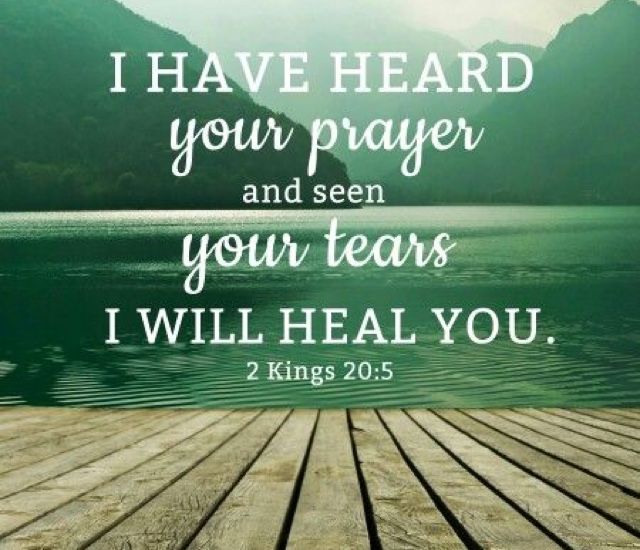 ” Here, then, are seven ways tears and the phenomenon we call “crying” heal us physiologically, psychologically, and spiritually.
” Here, then, are seven ways tears and the phenomenon we call “crying” heal us physiologically, psychologically, and spiritually.
1. Tears help us see.
Starting with the most basic function of tears, they enable us to see. Literally. Tears not only lubricate our eyeballs and eyelids, they also prevent dehydration of our various mucous membranes. No lubrication, no eyesight. Writes Bergman: “Without tears, life would be drastically different for humans — in the short run enormously uncomfortable, and in the long run eyesight would be blocked out altogether.”
2. Tears kill bacteria.
No need for Clorox wipes. We’ve got tears! Our own antibacterial and antiviral agent working for us, fighting off all the germs we pick up on community computers, shopping carts, public sinks, and all those places the nasty little guys make their homes and procreate. Tears contain lysozyme, a fluid that the germ-a-phobic dreams about in her sleep, because it can kill 90 to 95 percent of all bacteria in just five to 10 minutes! Which translates, I’m guessing, to three months’ worth of colds and stomach viruses.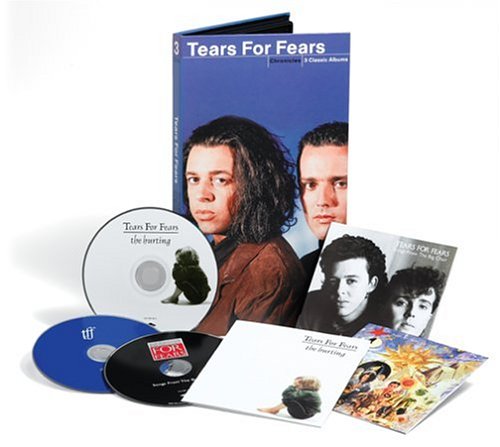
3. Tears remove toxins.
Biochemist William Frey, who has been researching tears for as long as I’ve been searching for sanity, found in one study that emotional tears–those formed in distress or grief–contained more toxic byproducts than tears of irritation (think onion peeling). Are tears toxic then? No! They actually remove toxins from our body that build up courtesy of stress. They are like a natural therapy or massage session, but they cost a lot less!
4. Crying can elevate mood.
Do you know what your manganese level is? No, neither do I. But chances are that you will feel better if it’s lower because overexposure to manganese can cause bad stuff: anxiety, nervousness, irritability, fatigue, aggression, emotional disturbance and the rest of the feelings that live inside my happy head rent-free. The act of crying can lower a person’s manganese level. And just like with the toxins I mentioned in my last point, emotional tears contain 24 percent higher albumin protein concentration — responsible for transporting many small molecules (which has to be a good thing, right?) — than irritation tears.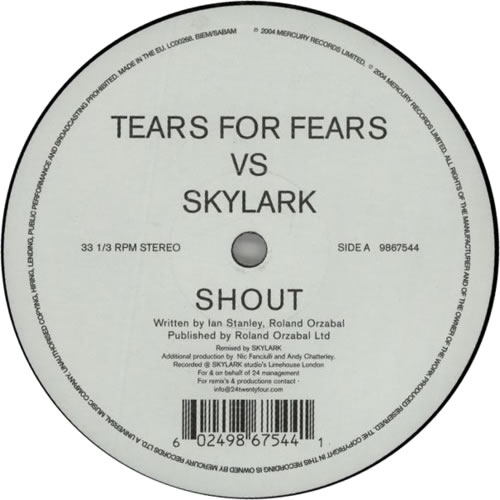
5. Crying lowers stress.
Tears really are like perspiration in that exercising and crying both relieve stress. For real. In his article, Bergman explains that tears remove some of the chemicals built up in the body from stress, like the endorphin leucine-enkaphalin and prolactin, the hormone I overproduce because of my pituitary tumor that affects my mood and stress tolerance. The opposite is true too. Bergman writes, “Suppressing tears increases stress levels, and contributes to diseases aggravated by stress, such as high blood pressure, heart problems, and peptic ulcers.
6. Tears build community.
In her “Science Digest” article, writer Ashley Montagu argued that crying not only contributes to good health, but it also builds community. I know what you’re thinking: “Well, yeah, but not the right kind of community. I mean, I might ask the woman bawling her eyes out behind me in church what’s wrong or if I can help her, but I’m certainly not going to invite her to dinner.![]() ”
”
I beg to differ. As a prolific crier, especially on video, I always come away astounded by the comments … the resounding support of people I know all that well, and the level of intimacy exchanged among them. Read for yourselves some of the comments on both my self-esteem video and my recent death and dying video and you’ll appreciate my point. Tears help communication and foster community.
7. Tears release feelings.
Even if you haven’t just been through something traumatic or are severely depressed, the average Jo goes through his day accumulating conflicts and resentments. Sometimes they gather inside the limbic system of the brain and in certain corners of the heart. Crying is cathartic. It lets the devils out. Before they wreak all kind of havoc with the nervous and cardiovascular systems. Writes John Bradshaw in his bestseller Home Coming: “All these feelings need to be felt. We need to stomp and storm; to sob and cry; to perspire and tremble. ” Amen, Brother Bradford!
” Amen, Brother Bradford!
Read online “Tears heal. How to listen to children, Kate Orson - LitRes
Dedicated to Tony and Ruby and all our children.
In memory of my grandmother Olga Orson.
© Resurs Publishing, translation, design, 2019
First printed in the UK in 2016 by Piatkus
Copyright © 2016 Kate Orson The moral right of the author is respected. All rights reserved.
Thanks
Thanks to Patty Whipfler, Julianne Idleman and all of Parenting Hand in Hand for their support and encouragement. Without you, this book would not exist.
Thanks to the original readers of the introduction, Jody Eastwood, Lucy Forward, and Dina Sabri Faivaz, who were there to support me from the very beginning.
I would also like to thank all the members of the Thin Raft writing group for their valuable feedback and support. Thanks to my friends Bronwyn Nugent, Sarah Whittleton, and Jessica Jarret Cade for the wonderful talk about parenting and for always believing in this book.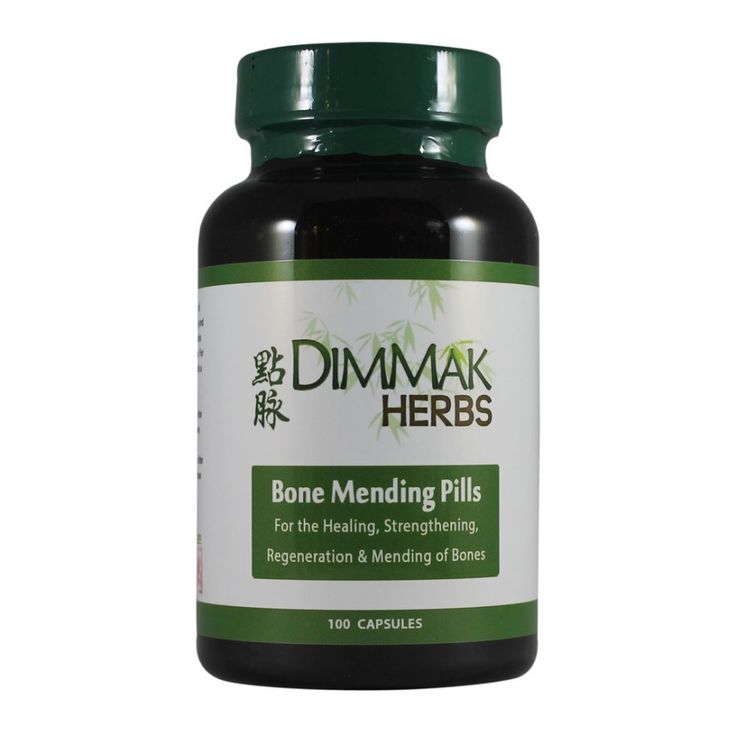
Thanks to John Munro for reassuring me while I was nervous looking for an agent.
Many thanks to all of my listening partners: Otilia Muntlers, Ceci Hayun, Maya Coleman, Stephanie Parker, and Sarah Charlton, who were there for me as I closed the gaps in my confidence and listened to my worries and anxieties.
Special thanks to my amazing husband and wonderful father to my daughter, Tony Davidson, who was always ready to cook dinner and clean up the house while my thoughts were somewhere far away.
Special thanks to my daughter, Ruby, who gave me time to write the book! Writing is not easy, but your presence in my life has made this book possible. I love all of you very much.
Finally, thanks to my agent Claire Hulton and Piatkus editor Ann Lawrence for seeing the potential in this book – thank you for your support and for seeing the light of day.
Foreword
Many parents of young children find themselves in a difficult situation.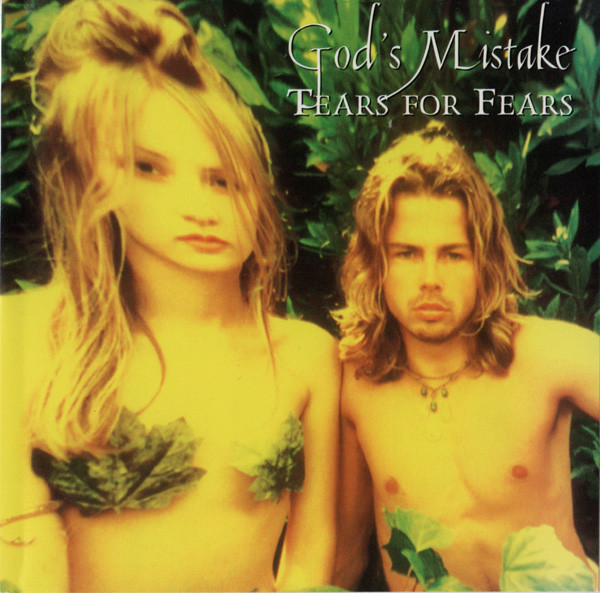 The "command and control" approach to parenting, once widespread, is not well suited to families in today's times. Previously, parents always told their children what to do, how to feel on this or that occasion. For bad behavior, harsh words and the presence of their own opinion, the child was punished. It was believed that children would only do what their parents wanted, and only when they wanted it. But modern parents tried to dominate, intimidate children - and they did not like it. They don't want to spank children, they don't want to scream, they get tired of lecturing children and endlessly trading in an attempt to cope with everyday difficulties.
The "command and control" approach to parenting, once widespread, is not well suited to families in today's times. Previously, parents always told their children what to do, how to feel on this or that occasion. For bad behavior, harsh words and the presence of their own opinion, the child was punished. It was believed that children would only do what their parents wanted, and only when they wanted it. But modern parents tried to dominate, intimidate children - and they did not like it. They don't want to spank children, they don't want to scream, they get tired of lecturing children and endlessly trading in an attempt to cope with everyday difficulties.
In addition, many modern parents have noticed that spanking, shouting, lectures and even positive motivation are not able to affect the child for a long time. Old difficulties soon return, making parenting even more difficult. Moreover, modern societies have ceased to approve of beating children when they do the wrong thing. But how then can parents stop a child when he snatches toys from the hands of his playmates? How can they stop the daily battle between son and daughter for the yellow cup they both love?
This book is an introduction to a new way of parenting centered around listening. Parents who are looking for a practical, efficient and child-friendly parenting approach will find it here.
Parents who are looking for a practical, efficient and child-friendly parenting approach will find it here.
Keith Orson will tell us about his experience based on the Parenting Hand in Hand approach. She shares her thoughts and experiences with us, describing a new way of interacting with a child, showing how and why tears heal. Listening to a baby cry - after you've made sure he's healthy and safe, of course - can relieve his emotional stress. This is how you help your child heal from today's sorrows and even from those that he kept in himself for months and years.
You will also see how listening can transform your own life. You will learn how to form a listening partnership with the other parent so that you can release the daily stress that can build up as you invest your soul, time, and energy in your child. The simple exercises at the end of each chapter will guide you in understanding your attitudes and gaining experience—on which you base your responses to children's difficulties and behaviors.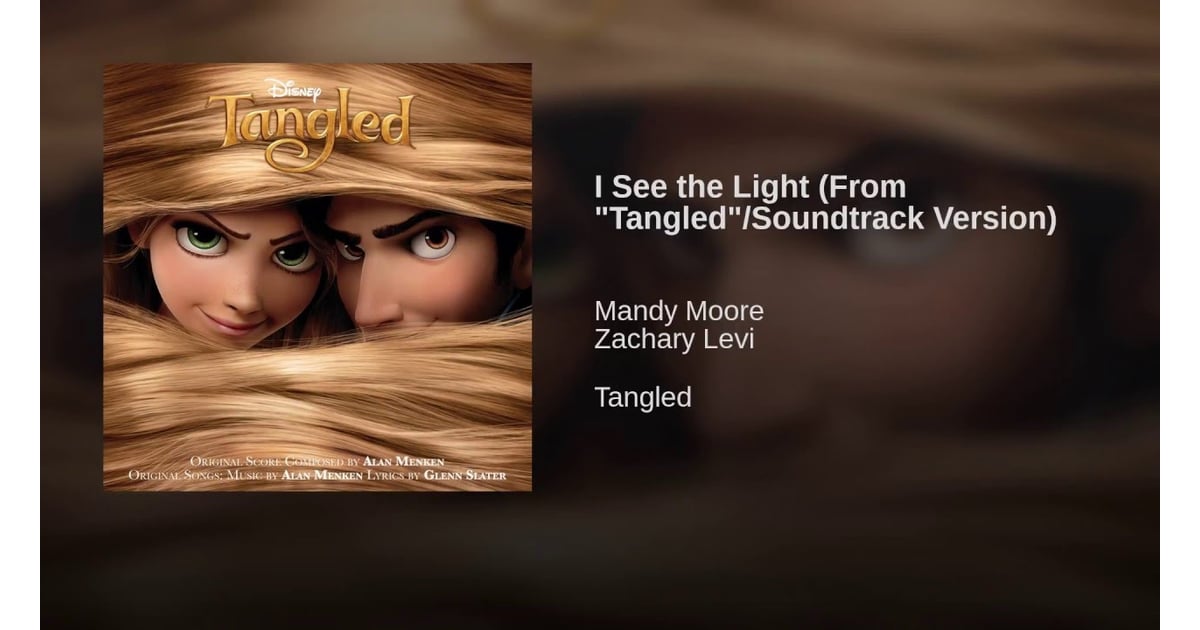
We parents learn well from each other. The sincerity of Kate's account of her own evolution as a mother is a kind of generosity, I think. Many feel lonely when faced with parental problems. Sometimes we are even ashamed that we do not know something about raising children. When Kate illustrates important concepts with her own challenges, we understand that challenges are a normal part of parenting. Kate leads the reader by the hand. With her openness, she seems to be telling us: “I understand. Education is hard work. None of us are capable of doing everything right all the time!”
In the book you will find interesting research results, with real stories of parents that illustrate key ideas. You will finally understand why a child cries bitterly because of a Lego piece that has fallen behind the battery, although there are ten others of the same kind, and why he asks for orange juice, then refuses it, and then cries when you remove the package back to the refrigerator. With the tools that the author offers, I have been working for over forty years.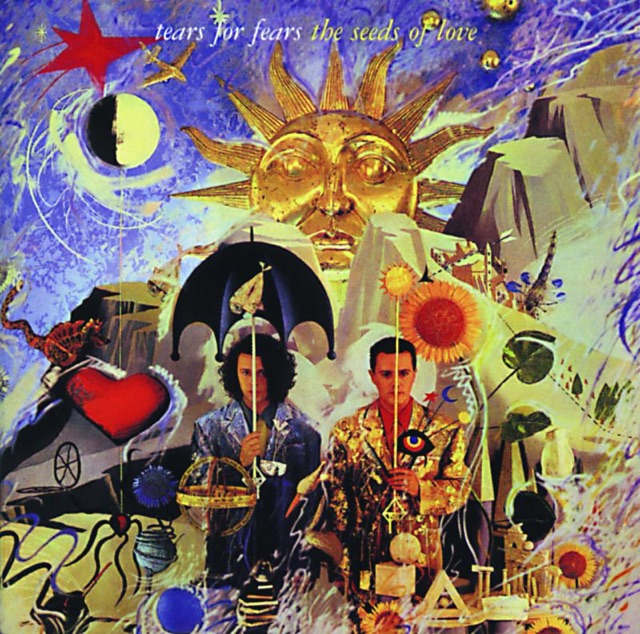 They are simple - and they work to help you live peacefully with your baby without the use of punishment and threats. You will finally learn to experience the joy of parenthood because you can work with a child's natural ability to heal from emotional wounds. At the same time, you will be convinced that the child is good, no matter how he behaves in certain situations.
They are simple - and they work to help you live peacefully with your baby without the use of punishment and threats. You will finally learn to experience the joy of parenthood because you can work with a child's natural ability to heal from emotional wounds. At the same time, you will be convinced that the child is good, no matter how he behaves in certain situations.
"Parenthood hand in hand" - a modern educational approach for a new generation. We and our children have to comprehend a huge flow of information every day. We live in isolation and the challenges we face are very complex. If we hope to raise children who will thrive in today's world and contribute to society, we need to adopt parenting practices that build children's self-confidence and support their innate abilities from the very beginning.
As Kate reveals the ideas of Hand in Hand Parenting, you will see that tears can heal a broken heart. Listening - parent by parent and child by parent - is a compassionate response to the emotions of a loved one. In addition, it opens the possibility for us - parents and children - to establish contact, cooperate and enjoy each other.
In addition, it opens the possibility for us - parents and children - to establish contact, cooperate and enjoy each other.
I hope you are interested in this new way of responding to childhood experiences and want to get good support in difficult parenting. You deserve reliable support as a mother or father. After all, is there a job more important than this?
Kate's ideas and practical advice in this book are tools to help make parenting easier and deliver love and confidence right to the heart of your crying baby.
Patty Whipfler, Founder and Head of Education at Parenting Hand in Hand, author of Listen: Five Simple Tools to Meet Your Everyday Parenting Challenges.
Introduction
Tears, a paradigm shift
“… but mermaids can't cry, and that made it even harder for her.”
Hans Christian Andersen, The Little Mermaid (translated by A. V. Ganzen)
Tears heal.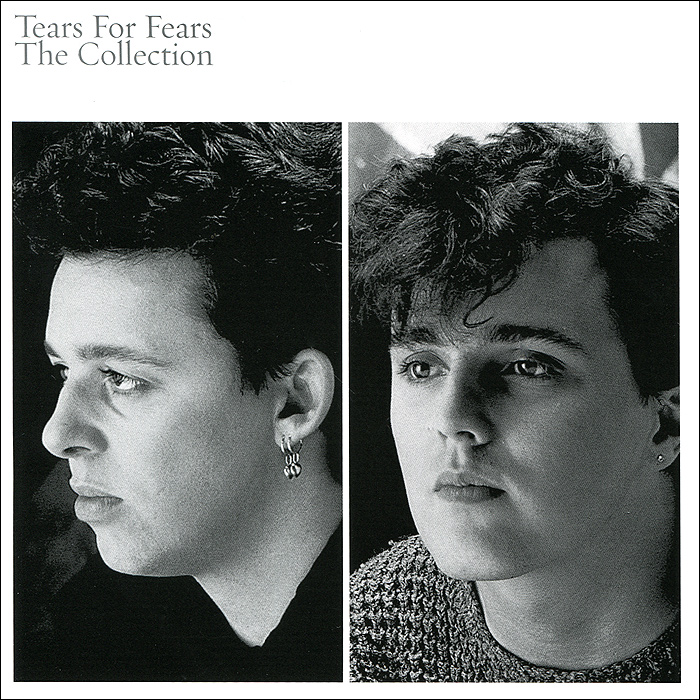 We all know the feeling of relief when you cry properly, especially next to your loved one. Shakespeare wrote: “Crying relieves the bitterness of anguish,” and modern scientific research confirms what writers and thinkers have intuitively felt for many years: crying, as part of a protective mechanism for recovering from stress and grief, makes us happier and healthier.
We all know the feeling of relief when you cry properly, especially next to your loved one. Shakespeare wrote: “Crying relieves the bitterness of anguish,” and modern scientific research confirms what writers and thinkers have intuitively felt for many years: crying, as part of a protective mechanism for recovering from stress and grief, makes us happier and healthier.
However, we often tend to judge the success of our parenthood by how much our children cry. We consider ourselves good parents when the child is smiling and calm. On the contrary, if he cries for seemingly no apparent reason, it seems to us that we are not coping with our duties.
Biochemist William Frey conducted a study of the chemical composition of tears. He discovered that emotional tears contain cortisol, the stress hormone, while onion tears are just saline.0082 1 . So, when we cry from grief or, conversely, from joy, we literally remove stress from our body, and crying is an integral part of the recovery process after stress and trauma.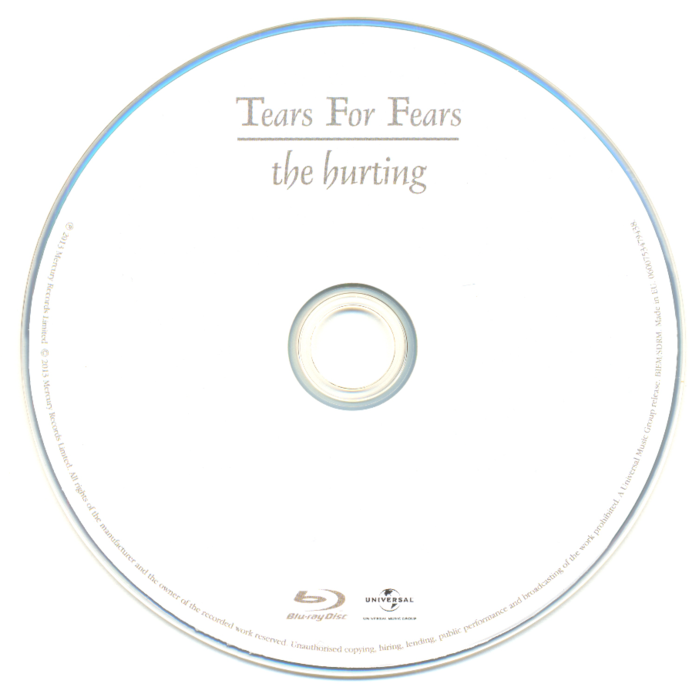
From this point of view, colic in a baby or hysterics in a one-year-old child are not necessarily the result of our mistakes in caring for a child. Rather, they are related to experiences that the baby has experienced or is experiencing - experiences that are most often beyond our control. Parents try their best to do the best they can, and a child's emotional distress doesn't mean you're not doing your job well.
In this book, I will explore the hidden healing potential of children's tears and present a paradigm shift in how we think about crying: when we move from controlling emotions to listening, family life is harmonized.
This book will also introduce you to a new perspective on behavior. I am sure that our children are naturally good, loving and cooperative, they want to get along with us, with brothers, sisters, their friends. Their behavior is difficult when they are experiencing difficult emotions. But by trying to control children's emotions, we are actually making parenting much more difficult than it should be.
If we help children express themselves fully through crying (as well as through laughter), behavioral difficulties will disappear and your baby can grow up to be a happy, balanced person.
My story
I have always wanted to be a mother, but I cannot say that I was happy in my twenties. My parents divorced after 30 years of marriage and that had a big impact on me. I fell into depression and began to remember my childhood. It always seemed to me that it was happy, but now I was no longer so sure of it. I was interested in the question of whether my parents had been unhappy together for a long time and whether their misfortune had affected me. For most of my childhood, I was "friends" with a group of girls who treated me more like a suitable target for bullying. As a result, I grew up insecure. After analyzing the past, I became very angry: why didn’t my parents break up earlier?
Since I was a teenager, I kept a diary and always wrote down my upsets - it helped me feel better.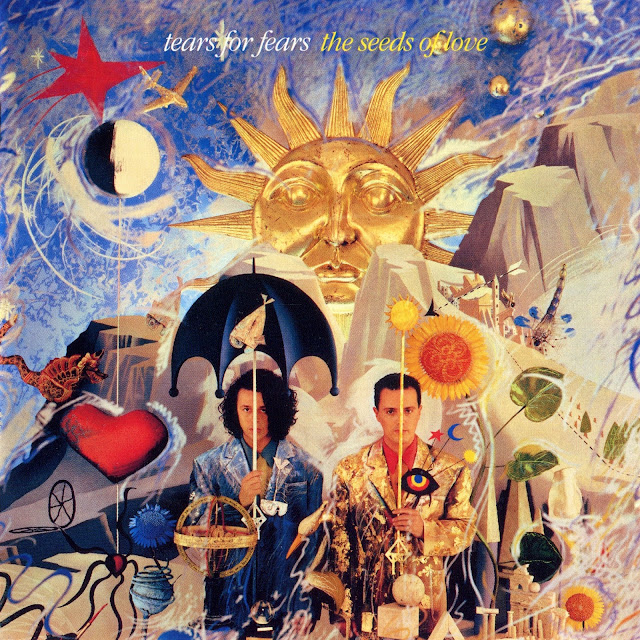 Now, no matter how hard I tried to put my feelings on paper, there was no relief. I just closed in on my anger.
Now, no matter how hard I tried to put my feelings on paper, there was no relief. I just closed in on my anger.
It was only after connecting with my body through meditation and yoga that I began to manage my anger and discovered the true feeling of sadness. I cried a lot, freeing myself from the grief that I carried in myself, without even thinking about it. That's when my true healing began. I was finally able to release my feelings instead of wallowing in them.
At that time, I came across a book by a spiritual teacher, Osho, who said that our emotions should literally be “in motion”. When we feel our emotions, they can flow freely through us without getting stuck 2 .
After that, my emotions finally started to move, and I was able to get rid of anger and frustration, discovering that deep sadness was their cause. Subsequently, thanks to this, I was able to learn to fully enjoy the people around me, events, the world as a whole. I left my childhood behind and began to live the life I always wanted - full of joy, self-confidence, friendship. At that time, I did not even suspect that it was tears that allowed me to transform my life. This became clear later.
At that time, I did not even suspect that it was tears that allowed me to transform my life. This became clear later.
Having become happier, I thought about having a baby. I have always wanted to have children, but along the way I met a lot of people who, like me, in adulthood were engaged in trying to overcome experiences from childhood. Was there another way? At the time, I didn’t realize that I had already found him.
A few years earlier, my tai chi teacher Michael told me a story that marked my path to a new way of raising children. He grew up in a foster family and was practically an uncontrollable child. At some point, he was sent to a holding cell, where a Tibetan monk took care of him. Michael continued to act naughty, but the mentor reacted to his antics differently than most adults. He did not get angry, did not demand to stop, remained calm. Soon Michael changed a lot, and the monk even taught him to read.
I have always remembered this story. If we can control our own emotions, our children's natural kindness will shine through.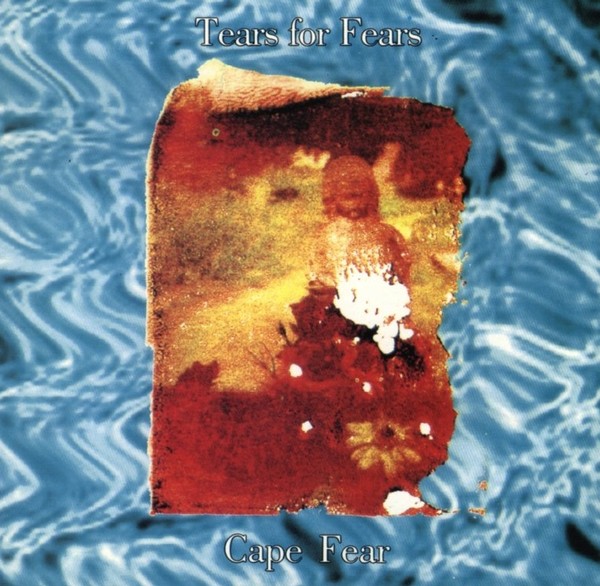 Meditation, tai chi and yoga helped me process my own emotions in a healthy way, even though I was in my 30s at the time. Of course, I could not find perfect peace, and yet I decided to have a baby.
Meditation, tai chi and yoga helped me process my own emotions in a healthy way, even though I was in my 30s at the time. Of course, I could not find perfect peace, and yet I decided to have a baby.
Shortly before I became pregnant with my daughter, I worked as a babysitter for a five-year-old boy. The first few times I came, he had tantrums because he didn't get what he wanted for lunch, or when we had to quickly pack up and leave the house. I didn't know what to do. The thought was spinning in my head: "He's over three years old, he shouldn't have tantrums" . I assumed there was something wrong with him. But only a person who has no children could think so.
At home, I began to search on the Internet what to do with tantrums. I read about timeouts, ignoring such behavior, but I did not find the answer. How can you ignore or punish a child who is obviously upset? In researching the topic further, I stumbled upon the idea of just being there, offering sympathy and warmth without trying to stop the baby from crying until the tantrum was over.
The way out seemed absolutely obvious, but I didn't think of it until I read these words. Actually I didn't need to do anything to . All that was required of me was to be present, to be there until the storm had passed. Tantrums seemed so out of control and out of control that I began to seek expert advice on how to deal with these conditions. But really, the only thing I had to do was become a warm, loving caregiver.
A few months later I got pregnant and bought Aleta Salter's book "Conscious Baby" . It explained that children have a natural, innate mechanism for recovering from stress and grief: crying. The author says that there are two reasons for crying in babies, and it is very important to draw a line between them. The first and most obvious states that babies cry to get their needs met. They can't talk yet, so crying signals their need for food, warmth, closeness, and so on. The second reason babies cry is to heal from stressful experiences such as a difficult birth, medical intervention, or just the daily stress of living in a new, unfamiliar world.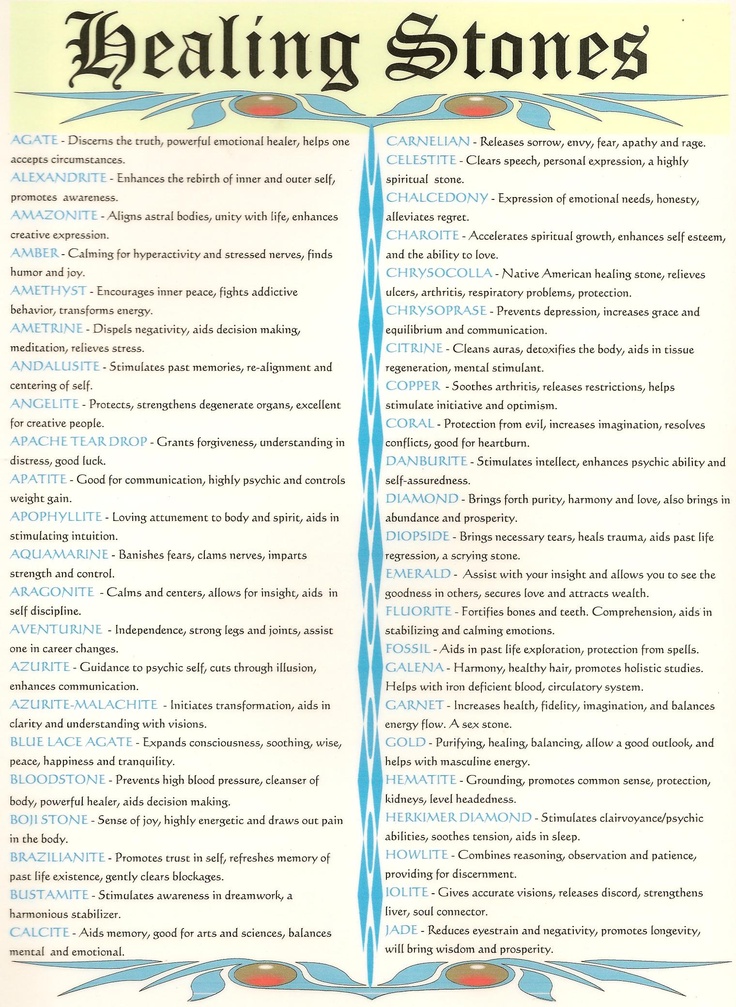 0082 3 .
0082 3 .
The thought of the healing power of tears was a discovery for me. Remembering what helped me heal, I realized that there were tears in every situation. For example, in the writing classes I taught, students often described stories from their lives and then began to cry when they read them aloud. I remembered how often I cried after a deep massage, which always caused, in addition to physical, emotional relaxation. The massage helped me get to the emotions that my body was storing.
One of my friends was trained in ThetaHealing and practiced new skills on me. After that, I often spent several days at home writing lyrics and crying out my tears. It was powerful and exhausting, but I always felt happier after experiencing my feelings.
I also participated in a seminar on transformational breathing, a practice that helps to get rid of the clamps in the body.
These sessions evoked strong emotions in all participants. At the end of the day, everyone was holding hands and crying as they discussed their experiences during the seminar. Instinctively and intuitively, I found my own path to healing, without even realizing that I was looking for my tears. Then I realized that it is better to help a person heal while he is still small, so that he does not have to spend a lot of time looking for himself in adulthood.
Instinctively and intuitively, I found my own path to healing, without even realizing that I was looking for my tears. Then I realized that it is better to help a person heal while he is still small, so that he does not have to spend a lot of time looking for himself in adulthood.
The next time I sat with the boy mentioned above, he was recovering from the flu. He had a Lego set for kids 7 and up and started building a helicopter. He was able to follow most of the instructions, but from time to time he still needed my help. At some point, both of us stopped understanding the leadership. Perhaps it was in my "pregnant brain", but even carefully studying the instructions, I did not understand what to do. He asked me again and again for help, but I calmly explained that I could not help. The boy cried and threw a tantrum, stamping his foot. I was with him for several minutes. Then he stopped crying as suddenly as he started. He again took up Lego and completed the construction of the helicopter himself.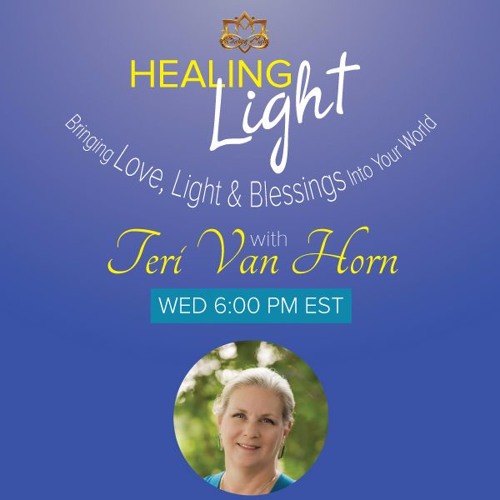 This is a prime example of how crying helps us calm down and think clearly. If I tried to convince him to stop the tantrum, tried to switch the child's attention to something else, I would never understand what is happening if we just stay close and listen, not trying to influence the situation. The boy, on the other hand, received a great lesson in confidence and independence: even without the help of an adult, he can still figure it out on his own.
This is a prime example of how crying helps us calm down and think clearly. If I tried to convince him to stop the tantrum, tried to switch the child's attention to something else, I would never understand what is happening if we just stay close and listen, not trying to influence the situation. The boy, on the other hand, received a great lesson in confidence and independence: even without the help of an adult, he can still figure it out on his own.
Becoming a parent - my first steps in listening
When my daughter was born, I discovered that listening to a baby's feelings is not always easy. Like most new parents, sometimes I could not understand what she needed. In the evenings, there were moments when I fed the baby, but she no, no, but she threw her breasts. I rocked my daughter, walked around the room with her, tried yoga poses to relieve colic, if only she would stop crying. There were times when I remembered that crying leads to healing. Perhaps she just needs to cry? . . Then I sat on the bed and just was with her, holding my daughter in my arms and looking into her eyes.
. Then I sat on the bed and just was with her, holding my daughter in my arms and looking into her eyes.
It was difficult to come into the world, it took a long stimulation, during which the heartbeat slowed down a lot. After all, she was born by vacuum extraction. Maybe that's why she cried so much. Then I began to say that now she is safe, although her birth was so difficult. Watching her cry bitterly was very hard, but in addition to pity and compassion, I felt a deep sense of closeness with her at such moments. She showed me her pain and I was there to help her. I began to understand that baby crying is normal, sometimes my daughter will cry for no apparent reason, and sometimes just holding her and listening is enough.
Still, how do I know if my daughter is crying because of some urgent need or for healing? I remember walking around the train, rocking her, and wondering if I was doing this precisely because she needed it, or if I myself thought that the child should be calm. How do you know if she is hungry, in physical discomfort, or crying because she needs to share her feelings? I was afraid to make a mistake. If crying is healing, why does only one book, Aleta Salter, talk about it? Why does no one else even mention the healing power of tears?..
How do you know if she is hungry, in physical discomfort, or crying because she needs to share her feelings? I was afraid to make a mistake. If crying is healing, why does only one book, Aleta Salter, talk about it? Why does no one else even mention the healing power of tears?..
By the age of seven months, my daughter had hardly cried at all. She was a happy, calm child, so, at first glance, everything was fine; however, she still woke up every two hours at night, which could be a sign of emotional stress. The baby fell asleep immediately after I fed her - this was not a problem. But I could not forget the healing power of tears. If crying is good, then shouldn't she cry a little? Am I somehow preventing her from crying, albeit unconsciously?
When I fed her to keep her sleeping, she was nervous and seemed tense. I felt like I wasn't helping her relax. My daughter always asked for a breast before going to bed and at night, although she was never really hungry. In other words, feeding at bedtime and at night became a method of control - a habit of not letting her cry out her feelings. But children, like adults, often wake up at night to cry and relieve emotional stress 4 .
But children, like adults, often wake up at night to cry and relieve emotional stress 4 .
I started searching the Internet for information about tears. A baby massage instructor recommended an article by Patti Whipfler, which I heard she writes about healing through tears. On her parenting website Parenting Hand in Hand 5 An article about breastfeeding has been posted. It was with great relief that I read Patty's sympathetic advice: it is only natural that in intimate breastfeeding relationships, babies often become addicted to the breast as a form of comfort. The author explained how to start dealing with situations where the child really needs to cry.
I decided to take this obstacle as it seemed to me. Before daytime and nighttime sleep, I stopped breastfeeding my daughter, rocking her, putting her to sleep in a sling or stroller. I didn't leave her to soothe herself by sucking on a pacifier or thumb. Instead, I just took her in my arms and was with her. She cried hard several times - harder than before, because now I did not distract her from her feelings.
She cried hard several times - harder than before, because now I did not distract her from her feelings.
In the beginning, I kept thinking, is it really okay to just let her cry? There was no one to discuss it with, but it no longer seemed right to continue to stop my daughter's crying after I experienced the benefits of healing with tears firsthand.
Then I saw how she looked after crying. The baby was peaceful, as if after yoga for babies or meditation. After a lot of crying, my daughter always fell asleep easily. (Ed. note: this method must be used very carefully, as it can cause psychological problems in the child due to the lack of response of the mother. In infancy, children signal their needs for feeding, warmth, motion sickness, colic, etc. by crying. e. You need to be absolutely sure that in this case the child wants to talk about his feelings, and does not try to reach out to the mother in an attempt to satisfy some other need.) I gave up trying to get her to sleep by any means, but just stood by her side, giving her the opportunity to tell how she felt. Often she fell asleep smiling and sometimes even giggling in her sleep. It was obvious that once I stopped stubbornly stopping the expression of emotions, the daughter finally got the opportunity to cry out her frustrations.
Often she fell asleep smiling and sometimes even giggling in her sleep. It was obvious that once I stopped stubbornly stopping the expression of emotions, the daughter finally got the opportunity to cry out her frustrations.
We continue to listen to the growing child
I started listening to my daughter at night, gradually reducing the number of feedings. She began to sleep better and wake up less often at the slightest rustle. (Ed. note - this can sometimes be a sign of psychological problems. Babies can fall into deep sleep due to unbearable vulnerability.) She seemed to really feel safe, sleeping soundly and deeply. My daughter gave vent to her emotions, was able to relax in the confidence that I was next to her and always ready to help.
When I first became a mother and spent all my time reading books and articles about parenting on the Internet, I could not find the answer to one question: how can I control the child's behavior? How do I get my daughter to do something or stop doing something?
If I am gentle and kind all the time, how can I set boundaries for her?
On the Parenting Hand in Hand blog, I read a story about a one-year-old child who became afraid of evening baths.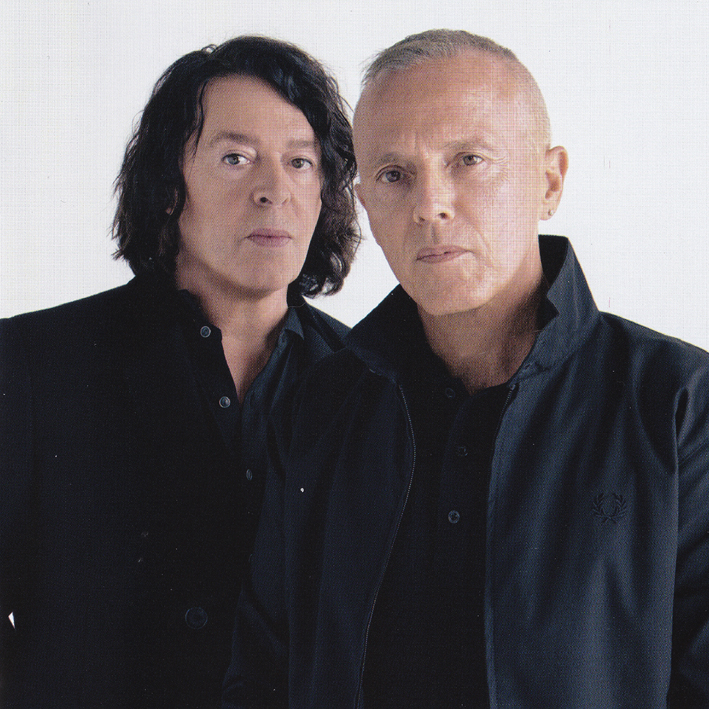 His mom didn't know what to do: ignore the feelings? Bathe forcibly? In general, stop this evening ritual? .. One day she realized that it was worth listening to his feelings, affectionately told the baby that she needed to take a bath. He cried. His mother hugged him and listened for a while, affectionately reminding him that bathing was necessary. He soon calmed down. The woman put his bathing toys in the bath, and when he saw the toy crab swimming, the boy himself decided that he also wanted to get into the water 6 . This is how parenting can work when we start listening to children. When a child does not experience negative emotions, it is easier for us to find a common solution and a way to cooperate with him.
His mom didn't know what to do: ignore the feelings? Bathe forcibly? In general, stop this evening ritual? .. One day she realized that it was worth listening to his feelings, affectionately told the baby that she needed to take a bath. He cried. His mother hugged him and listened for a while, affectionately reminding him that bathing was necessary. He soon calmed down. The woman put his bathing toys in the bath, and when he saw the toy crab swimming, the boy himself decided that he also wanted to get into the water 6 . This is how parenting can work when we start listening to children. When a child does not experience negative emotions, it is easier for us to find a common solution and a way to cooperate with him.
Listening to feelings helped my daughter to become a happy baby, and then grow up and become a calm one-year-old girl. As she got older, she became more irritable, reluctant to do things like change diapers or get dressed. I caught myself thinking: "Oh, here comes the 'terrible two year old'" . But then I realized that my daughter was feeling stressed because of travel or other changes in her life. I made contact with her, we spent time together, laughing and hugging. After that, she gave vent to her feelings by crying heavily, and the difficult behavior disappeared. The “crisis of two years” never came. There are periods when life becomes more difficult, but we always return to the usual, where the daughter is calm and cheerful all day long. A friend of my mother-in-law (mother of four already grown children) told me: “I don’t know how you do it, but just keep doing it!” I was once again convinced that listening to the crying of our children has a positive effect on their behavior and character in general.
But then I realized that my daughter was feeling stressed because of travel or other changes in her life. I made contact with her, we spent time together, laughing and hugging. After that, she gave vent to her feelings by crying heavily, and the difficult behavior disappeared. The “crisis of two years” never came. There are periods when life becomes more difficult, but we always return to the usual, where the daughter is calm and cheerful all day long. A friend of my mother-in-law (mother of four already grown children) told me: “I don’t know how you do it, but just keep doing it!” I was once again convinced that listening to the crying of our children has a positive effect on their behavior and character in general.
Continuing my healing journey
When I saw an advertisement that Parenting Hand in Hand was recruiting students for an instructor program, I decided to take part in it. I still didn’t fully understand why I needed this, but I knew for sure that their ideas are wonderful and I want to share them with other people.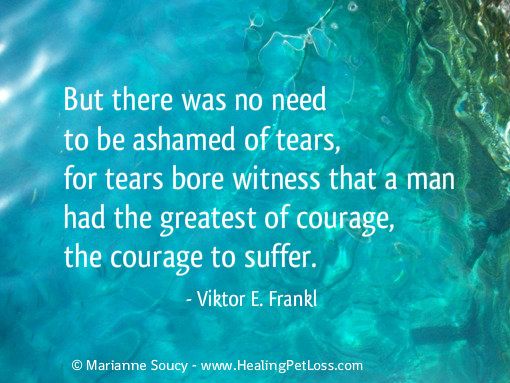
Friends and relatives sometimes suggested that my daughter never cries because she is usually calm and cheerful. Of course it isn't. Like any child, she cries, but it's me: I've learned to listen to her. Listen without trying to comfort your daughter or correct her feelings; instead, she had the opportunity to fully express her grief every time it was necessary to become a cheerful little girl again.
While studying Parenting Hand in Hand, I began to understand the essence of what is called a listening partnership. Thanks to this method, parents can share their problems and achievements in raising children by talking, laughing and crying, in person or by phone or Skype. Thus, adults are also freed from negative emotions.
I thought then that I had completed my healing before my daughter was born. I was really happy in motherhood. But when I started my first listening session with a partner, I realized that many of the emotions that I considered an inevitable part of the parenting process - stress, fatigue, a desperate lack of free personal time - I could get rid of simply by talking about them.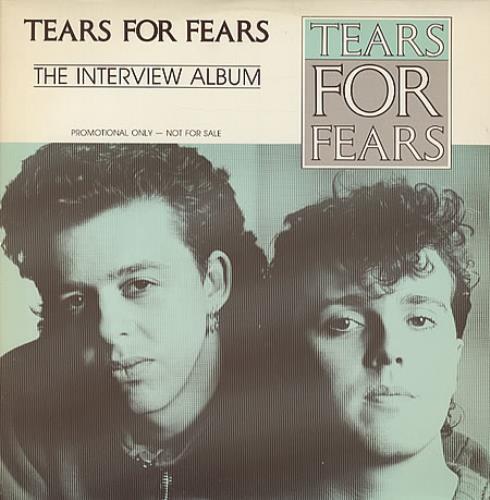 Sometimes I started the conversation feeling that I needed a break from motherhood for a few hours, or even days. Then, after ten minutes of talking on Skype, I would bounce back and return to my daughter's room, having fully restored my energy and again feeling the joy of her presence next to me.
Sometimes I started the conversation feeling that I needed a break from motherhood for a few hours, or even days. Then, after ten minutes of talking on Skype, I would bounce back and return to my daughter's room, having fully restored my energy and again feeling the joy of her presence next to me.
I didn't cry at first. I didn't think I could cry in front of anyone other than my husband, or alone. But after nine months of partnership in listening, I began to open up to the interlocutor and cry about what was buried far in the past. That's when I realized that it's really possible to make up for the tears we didn't cry as children so that memories no longer affect our present. Our healing process is ongoing: there are always stories to tell and tears to shed to improve our own well-being.
After these sessions, it became much easier for me to listen to my daughter. When the feelings from my own childhood stopped swarming in my head, I had the patience and clarity of mind to listen to the cry of my child.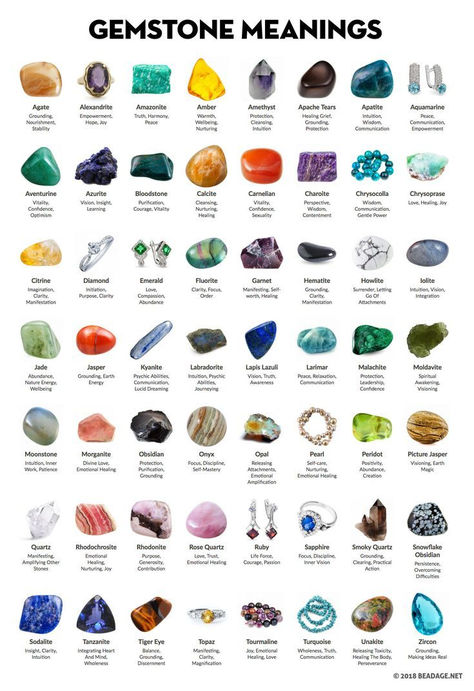 I've learned to accept that there's probably a deeper reason for being upset, even if it's something as simple as a wrong-colored cup or a broken cookie that triggered the tears.
I've learned to accept that there's probably a deeper reason for being upset, even if it's something as simple as a wrong-colored cup or a broken cookie that triggered the tears.
Jesus - reGeneration lyrics
View all lyrics Jesus
Smoke of cigarettes, paints to destiny
Eternity, water is not my ocean
To a new life, to a new essence
Maybe it's better for us
It's better for us
I'm waiting for the time to be reborn
Stay, I don't want to die
Your tears at the bottom of healing
I'm waiting for the time to be reborn
Stay, I don't want to die (Don't want to die)
Your tears at the bottom of healing
Black life is like a night
Cold light and cold rain
Do not change or change
Only myself and the inner world
I am waiting for the time to be reborn
Stay, I don't want to die
Your tears at the bottom of healing
I'm waiting for the time to be reborn
Stay, I don't want to die (Don't want to die)
Your tears at the bottom of healing
I am waiting for the time to be reborn
Stay, I don't want to die
Your tears at the bottom of healing
I'm waiting for the time for rebirth
Stay, I don't want to die
Your tears at the bottom of healing
Did you like the lyrics?
Leave a comment below
Correct lyricsSee all Jesus lyrics Share a link to the text:
Text rating:
- Text-pesni.
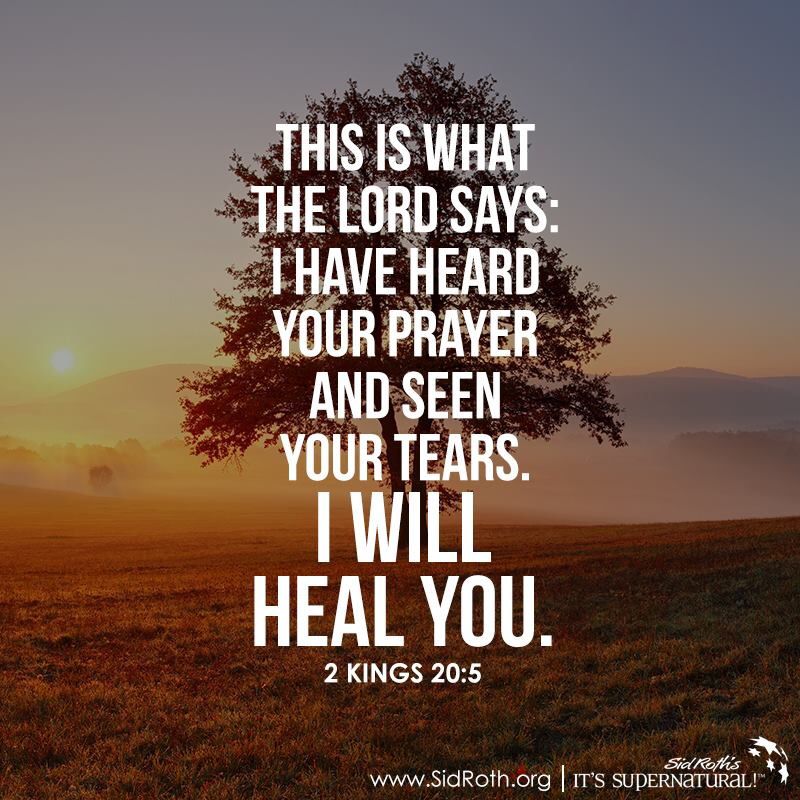 com
com - D
- Jesus
- reGeneration
Popular lyrics and translations of Jesus' songs:
Your Eyes
Jesus
Dawn
Jesus
Dead musician's subconscious
Jesus
Automatic
Jesus
69
Jesus
Popular lyrics and song translations:
LP (ft. Milana Star)
Milana Star)
Milana Khametova
don't say goodbye
Nuricko
POPSTAR (Instafemale, Popstar)
INSTASAMKA
MONEYKEN LOVE (Instafemale)
INSTASAMKA
Black Love (ft. MONA)
MONA)
ELMAN
Your gentle gait (That winter not far off)
Timur Mutsuraev
Juicy
INSTASAMKA
Tell me / Asa du
JANAGA
LIPSI HA
INSTASAMKA
Vredina (Bakr)
Bakr
Best lyrics and translations of songs:
Shine (Ramil)
Ramil'
Wildly partying (ft.
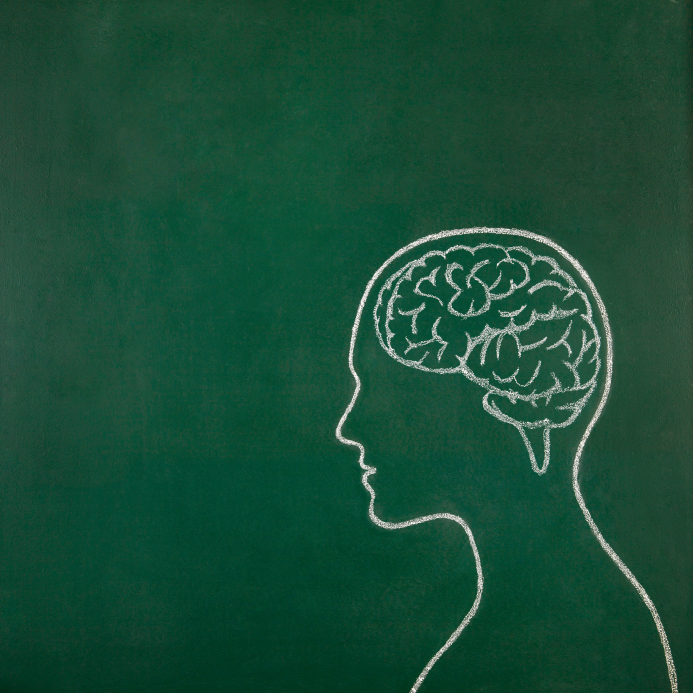

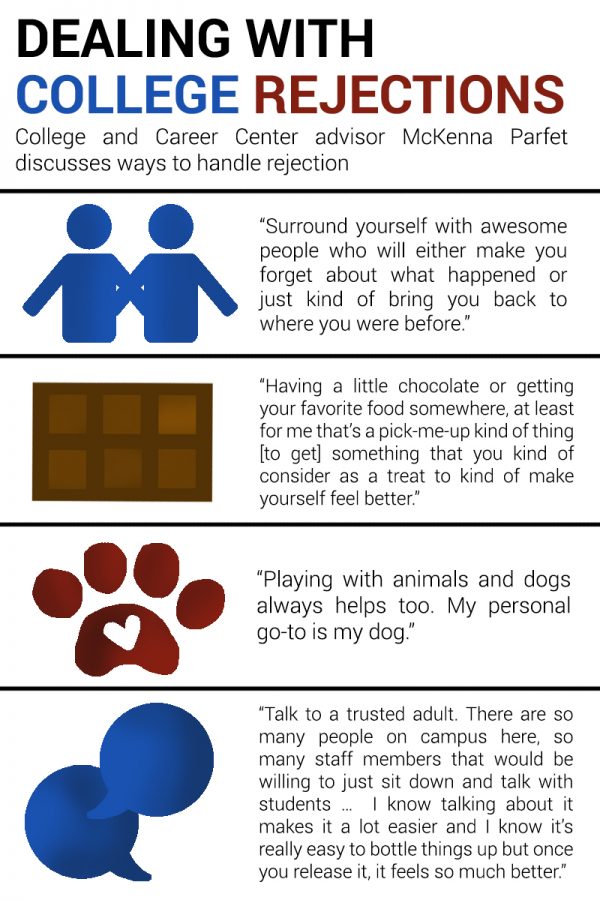

/pic3667676.jpg)
